Paul McGillick looks back on the life and career of Australian architect Col Madigan, who passed away on 17 September.
September 19th, 2011
With the death of Col Madigan on 17 September at the age of 90, Australia has lost another one of the great post-War architects who did so much to shape the character of our built heritage.
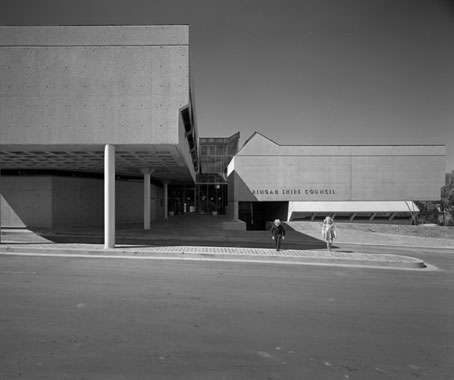
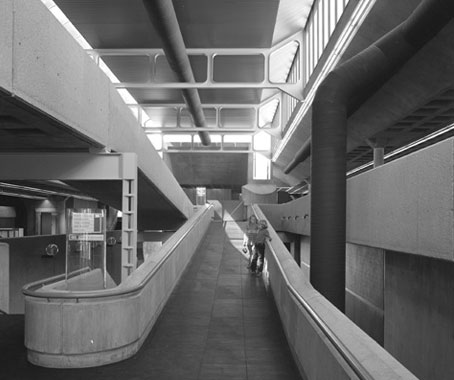
Waringah Shire Council House
If he wasn’t prolific, he never worked on anything run-of-the-mill, content simply with a clutch of masterpieces – the National Gallery of Australia (1982), the High Court (1972), the Warringah Shire Civic Centre (1973) and the Dee Why Library (1966) which won the Sulman Prize. He himself was awarded the Australian Institute of Architects’ Gold Medal in 1981.
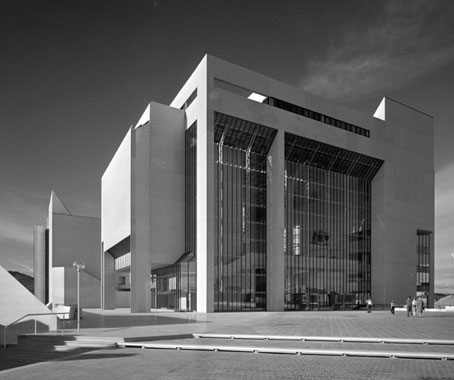
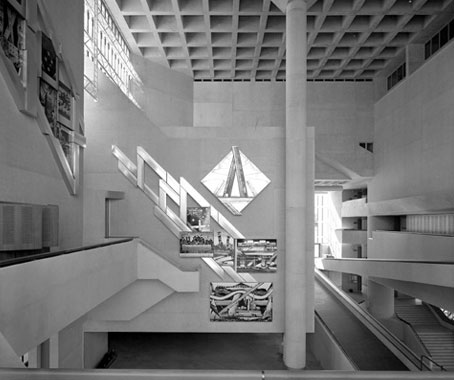
High Court
Born in Inverell in NSW, Col was the son of an architect, learning the business from the ground up at his father’s side. He was already a fine draftsman when he enrolled for architecture at East Sydney Technical College in 1937. During the War he served in the navy and was one of the few survivors of the sinking of HMAS Armidale in 1942, turning the experience into a book in collaboration with artist, Jan Senbergs.
A celebration of the National Gallery of Australia is due for publication later this year. In her Foreword to the book, Professor Jennifer Taylor comments that “for Madigan a building is not just material and space; rather, it is a philosophic statement of belief and intent”.

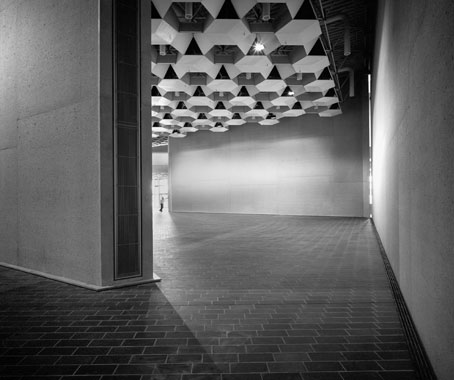
National Gallery of Australia
It was this commitment to meaning in architecture which distinguished Col’s work (and the brilliant teams he assembled at Edwards Madigan Torzillo and Briggs), often accompanied by a fiery refusal to compromise. The Canberra buildings, for example, were designed to be nothing less than an embodiment of the values and ideals of a young nation.
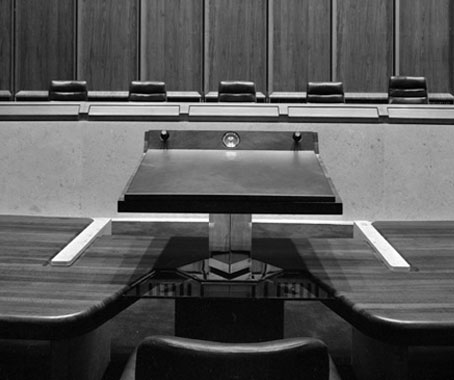

High Court
For Col, a building didn’t just have a utilitarian function, it also had a spiritual function and he angrily lamented the dominance of the profit motive which he said in an address to the Architecture Foundation in 2001 “denies the very real luxuries, like visual health, beauty and permanence which man as a consumer desires more than anything else”.
Col Madigan portrait image by Anthony Browell. Architecture photography courtesy of Max Dupain & Associates.
Col Madigan is Indesign’s Luminary in Issue 46 (Sep-Nov 2011) of Indesign magazine.
INDESIGN is on instagram
Follow @indesignlive
A searchable and comprehensive guide for specifying leading products and their suppliers
Keep up to date with the latest and greatest from our industry BFF's!

In this candid interview, the culinary mastermind behind Singapore’s Nouri and Appetite talks about food as an act of human connection that transcends borders and accolades, the crucial role of technology in preserving its unifying power, and finding a kindred spirit in Gaggenau’s reverence for tradition and relentless pursuit of innovation.

Within the intimate confines of compact living, where space is at a premium, efficiency is critical and dining out often trumps home cooking, Gaggenau’s 400 Series Culinary Drawer proves that limited space can, in fact, unlock unlimited culinary possibilities.

Schneider Electric’s new range are making bulky outlets a thing of the past with the new UNICA X collection.

In design, the concept of absence is particularly powerful – it’s the abundant potential of deliberate non-presence that amplifies the impact of what is. And it is this realm of sophisticated subtraction that Gaggenau’s Dishwasher 400 Series so generously – and quietly – occupies.
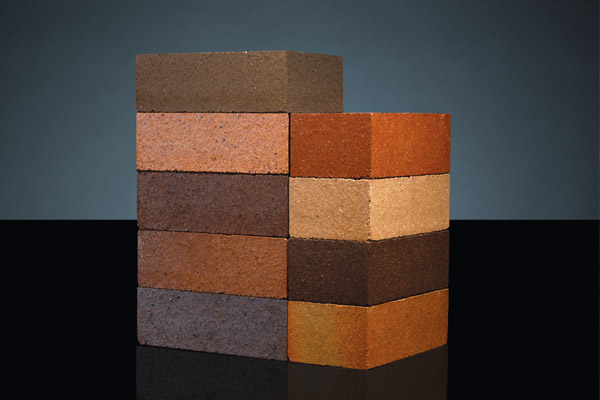
Epitomising brick manufacturing excellence, the architecturally solid, dry pressed bricks have a smooth and velvety appearance with sharp edges.
Function and fashion combine in Signature Floorcoverings’ new Flexo range of rubber flooring.

The Domain Group’s new workplace located in a heritage warehouse in Pyrmont has high-end design, an urban flair and home-away-from-home atmosphere.

At a time when nearly everything is online – including lecture notes and research material that could previously only be found at the library – it’s more important than ever to create campuses at which students actually want to spend time. Such is the importance of this issue that a term has even been coined to define it: The Sticky Campus – a place where students choose to be rather than have to be.
The internet never sleeps! Here's the stuff you might have missed

Ross Gardam’s installation, LUMINESCENT DUALITY, was a Milan 2025 standout. We took a tour of the space with the Australian designer to gain some deeper insights into the pieces on show.
Cutting-edge machinery and expert design teams are raising the bar on commercial office fitouts